Puli Kuzhambu is one of the most popular Kuzhambu recipe from South India. It is made with variety of vegetables like brinjal, drumstick, shallots or garlic. This is a spicy kulambu made with shallots, brinjal, tamarind and spice powders which is usually served with rice. Learn how to make puli Kuzhambu recipe with step by step pictures and video.
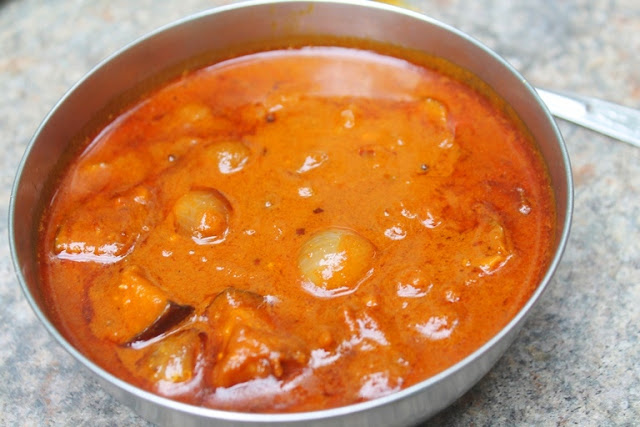
Puli kuzhambu
I have been waiting to share this recipe ever since I posted my mum's urundai kulambu recipe. I have been getting a lots of request from my readers to share this recipe. So here I am with the post. I make pulikulambu a little differently, i sometimes add ground spices or sometime roast and grind my spices. But this is how my mum makes her pulikulambu. The Kuzhambu is on the spicy side, so a little gravy mixed with rice and had with papad is highly satisfying.
Jump to:
She always keeps recipes simple and easy. This is her basic puli kulambu recipe. From this base recipe she turns it to different puli kulambu each time. Sometime she add cooked soy beans, cooked double beans, different veggies, only garlic, only shallots, etc. She made this for me on a special day during my stay in my mum's place, along with this she made urundai kulambu, drumstick leaves thoran, papad, beans poriyal and rice. It was a amazing meal. Can't wait to have more of it.
About Puli Kuzhambu Recipe
Puli Kuzhambu means Tamarind curry. The base of the curry is tamarind, spice powders and vegetables. Basic puli Kuzhambu recipe is made with just shallots (sambar onion) and garlic. But you can add any vegetables like pumpkin, drumstick, brinjal, beans and other vegetables.
Every South Indian home has a unique puli Kuzhambu recipe. Some people add coconut in theirs. Some recipe is thickened with rice flour slurry. But this is my basic puli Kuzhambu recipe and which uses spice powders as thickener.
This is one of our favourite. I make it at least once a week and it is a family favourite. This kulambu with hot rice and papad is heaven.
Similar Puli Kuzhambu recipes
Watch Puli Kuzhambu video

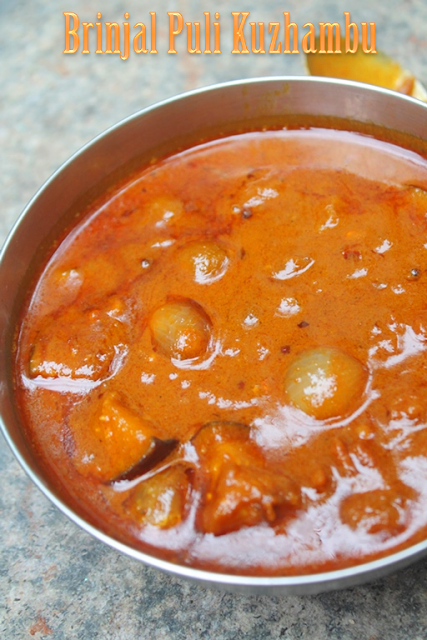
Puli Kuzhambu Ingredients
Oil - traditionally it is made with gingelly oil. But you can make it with coconut oil or other oil as well.
Tempering spices - mustard, fenugreek and urad dal is used as flavouring. Asafoetida is added for flavour as well.
Shallots - peeled shallots adds texture and flavour. Instead of shallots you can use sliced onions.
Tomato - this is optional, you can use tomatoes or skip.
Spice powders - puli Kuzhambu powder can be used instead of using regular spices like chilli powder, coriander powder and turmeric.
Tamarind - tamarind forms the base for the Kuzhambu.
Jaggery - a tiny bit of jaggery is used to balance taste.
Which Vegetables to Use
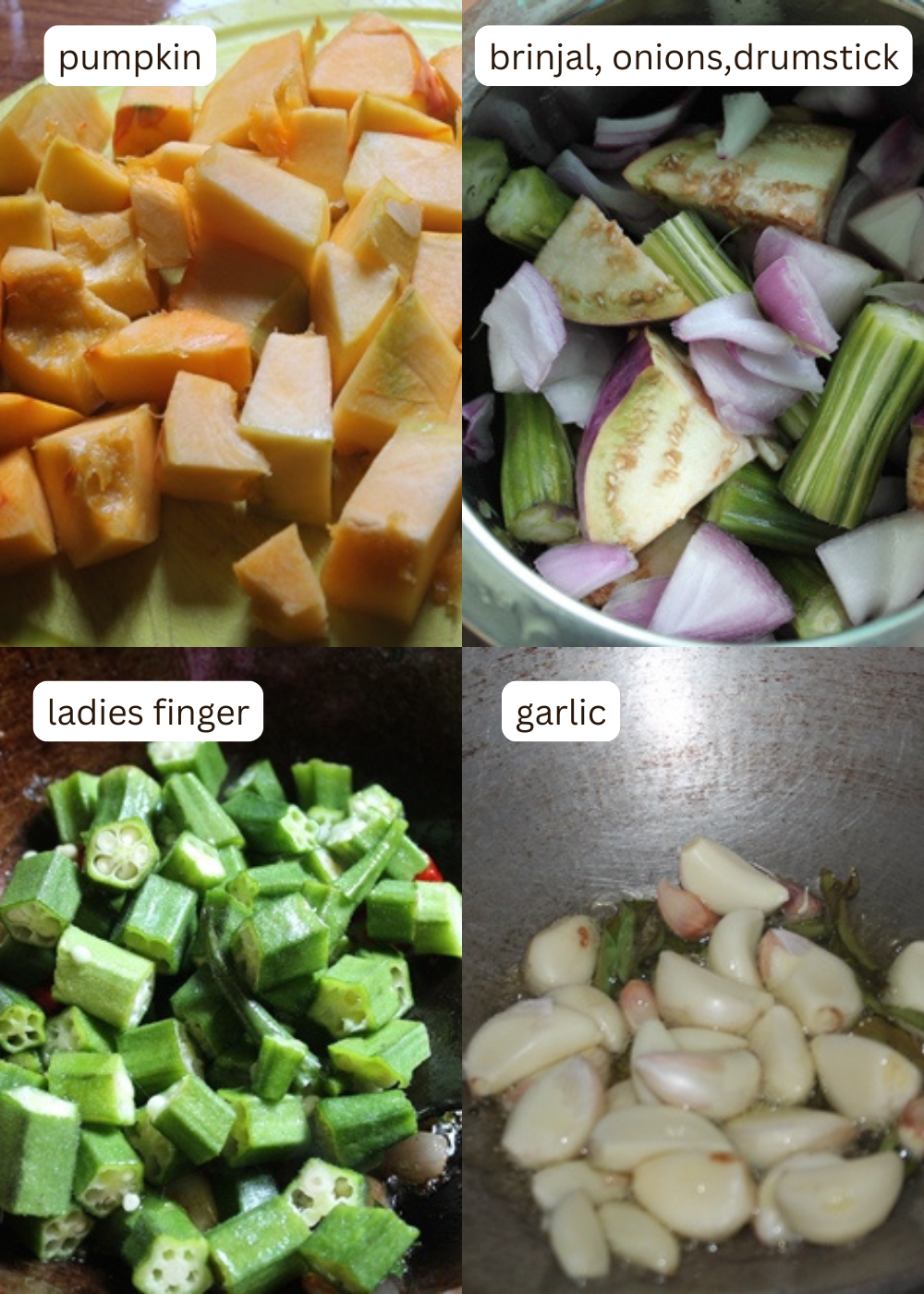
Puli Kuzhambu is a such a versatile dish. You can use any vegetables as you prefer. I have shared over 12 variations of puli kuzhambu recipes on the blog using different vegetables. Check my collection of kuzhambu recipes for options.
You can use pumpkin, onions, shallots, garlic, drumstick, brinjal, snake gourd or any vegetables that you prefer. Dried vadams like manathakkali, sundaikkai, dried ada maangai.
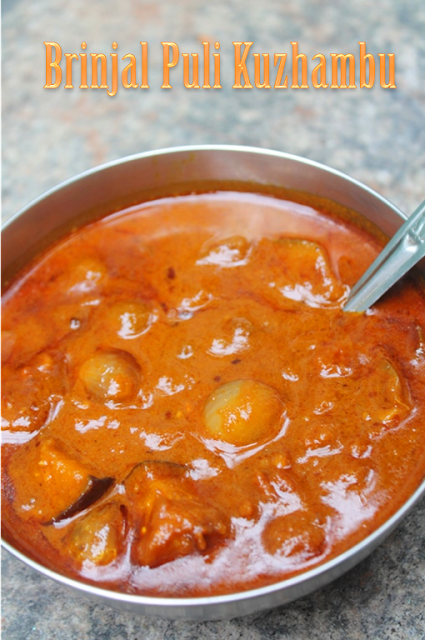
How to Make Puli Kuzhambu (Stepwise Pictures)
Pre-preparation
1)Prepare all your vegetables. I am using peeled shallots, chopped tomatoes and chopped brinjal. You can use drumstick, peeled garlic cloves.
Soak tamarind in some warm water.
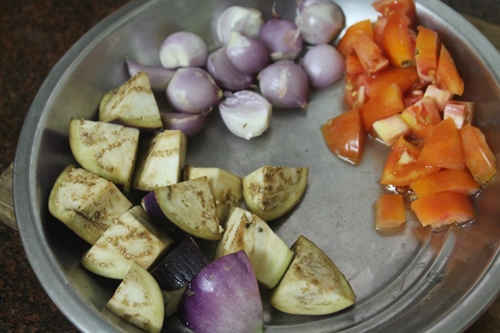
Tempering Spices
2)Heat gingelly oil in a kadai. For any South Indian kuzhambu recipes that uses tamarind as base, gingelly oil adds best flavour. Gingelly oil is also known as Indian sesame oil.
Once oil is hot, add in mustard seeds, fenugreek seeds, urad dal, asafoetida and curry leaves. Allow the spices to splatter.
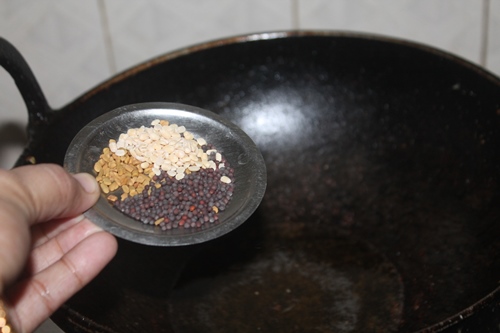
Saute vegetables
3)Now add in the vegetables. I added all together.
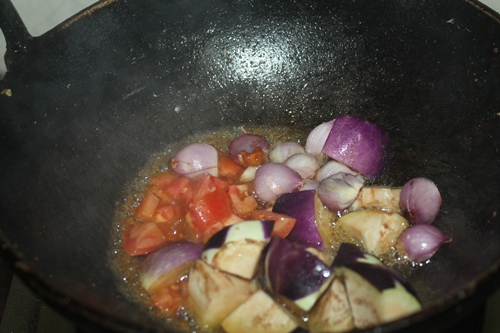
4)Saute for 5 minutes till brinjal is seared and cooked.
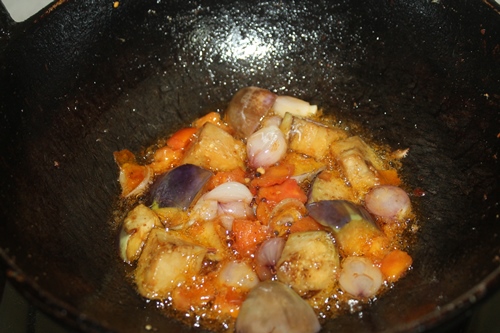
5)Add in turmeric powder and salt to the brinjal. Mix that well.
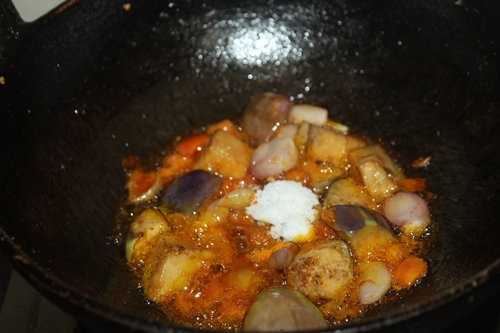
6)Take your time to saute the vegetables in the oil which adds so much flavour.
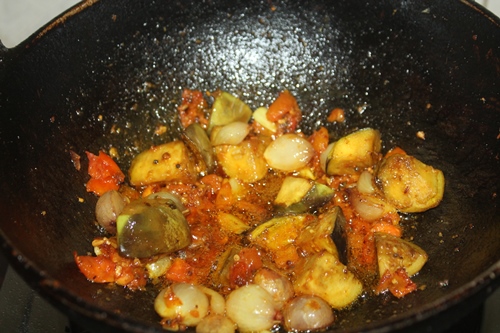
Making Kuzhambu
7)Now add in the spice powders. This recipe doesn't has coconut added, so the entire thickness comes from the spice powders. Add in salt, coriander powder and chilli powder.
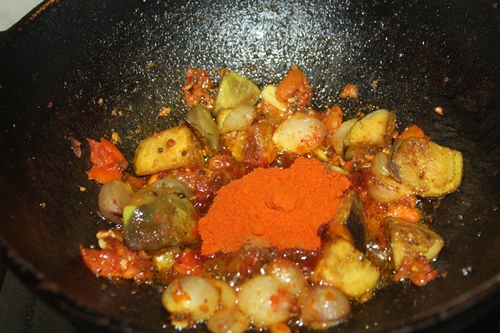
8)Saute the spice powders in the oil for 2 minutes to remove the raw smell and make it fragrant.
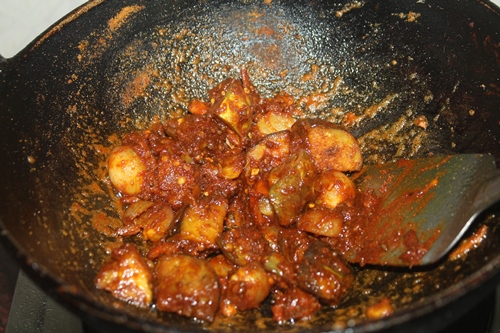
9)Now add in tamarind water and extra water to form the gravy.
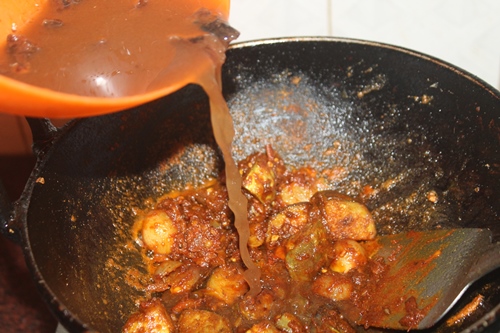
10)Mix the spices well into the tamarind water. Bring this to a full boil. Reduce the flame and boil this for 8 to 10 minutes.
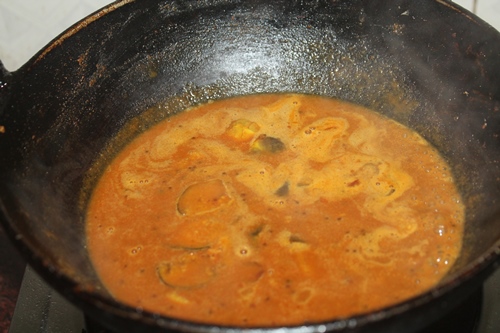
11)Now add in a small piece of tamarind, this is to balance the taste of the gravy. Mix well and cook on low heat for few more minutes.
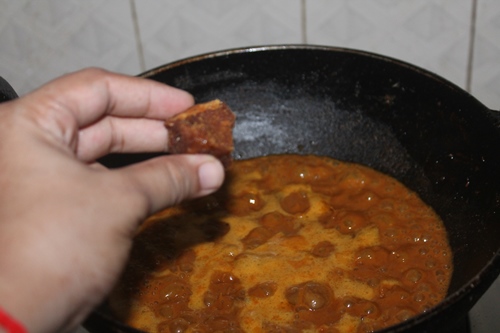
12)Now the puli kuzhambu is ready. Enjoy with rice.
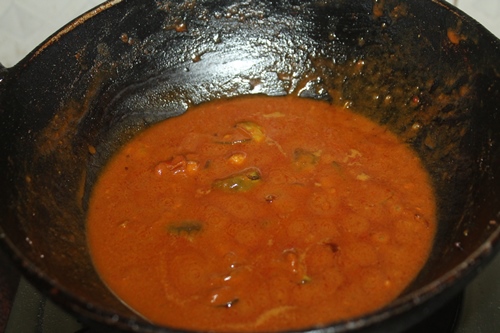
Variations
Poondu puli Kuzhambu - one of the most loved and relished Kuzhambu recipe.
Double beans puli Kuzhambu - a great way to use Up double beans.
Cheeni avaraikai - this not only taste delicious but super healthy too.
Vendaikkai - I make this version of pulikulambu atleast once a week.
Coconut milk Kuzhambu - addition of coconut milk not only provides the creamy texture but makes it taste great.
Vendhaya keerai - even though you can use any variety of spinach in this, but fenugreek leaves adds the taste.
Expert tips
- You can use drumsticks, brinjal, pumpkin or any cooked legumes.
- Taste and adjust tamarind and jaggery in the Kuzhambu to taste.
- You can use sliced onions instead of peeled shallots.
- You can use peeled garlic cloves in the Kuzhambu.
- You can leave the Kuzhambu to boil longer to get thicker consistency.
Serving and storage
Puli Kuzhambu taste best when served with hot rice and papad. Puli Kuzhambu has long shelf life. Leftover can be stored in fridge upto a week.
FAQ
1)Why is my puli kuzhambu is watery?
Since this doesn’t has any coconut or dal added, the Kuzhambu gets the thickness from the spice powders, so use accordingly. Also simmering for longer period helps with the thickness.
2)Is it necessary to use jaggery?
A tiny bit of Jaggery helps balance the tamarind and spice added in the Kuzhambu. You can skip it if you prefer or add just a pinch.
3)What vegetables can I use in puli kuzhambu?
You can use pumpkin, onions, shallots, garlic, drumstick, brinjal, snake gourd or any vegetables that you prefer. Dried vadams like manathakkali, sundaikkai, dried ada maangai.
More Kuzhambu Recipes to Try
📖 Recipe Card
Puli Kuzhambu Recipe | Kathirikkai Puli Kuzhambu Recipe
Equipment
- Cooking pot
Ingredients
For Tempering
- 5 tbsp Gingelly Oil (Indian Sesame Oil)
- 1 tsp Black Mustard Seeds
- 1 tsp Split Urad Dal
- ¼ tsp Fenugreek Seeds
- 2 sprig Curry leaves
Vegetables to Use
- 10 no Shallots (Sambar Onion) peeled and left whole
- 1 small Tomato chopped (optional)
- 2 no Brinjal chopped
- Salt to taste
- 1 tsp Turmeric Powder
- 1.5 tbsp Kashmiri Chilli Powder
- 4 tbsp Coriander Powder
- 1 tsp Jaggery
- 1 lemon size Tamarind
- 2 cups Water or as needed
Instructions
- Soak tamarind in water for 10 mins. Squeeze and extract the pulp. Set aside.
- Heat oil in a pan, add mustard, urad dal, fenugreek, asafoetida and curry leaves. Add in shallots, brinjal and tomatoes and saute for 5 mins till it slightly turns golden.
- Add in a spice powders, salt and mix well. Add tamarind juice and mix well. Bring this to a full boil, simmer for 8 to 10 minutes. Add in jaggery and mix well. Cook for 2 more minutes.
- Turn off the heat and let it sit for 10 minutes. Serve with rice.
Video

Notes
- You can use drumsticks, brinjal, pumpkin or any cooked legumes.
- Taste and adjust tamarind and jaggery in the Kuzhambu to taste.
- You can use sliced onions instead of peeled shallots.
- You can use peeled garlic cloves in the Kuzhambu.
- You can leave the Kuzhambu to boil longer to get thicker consistency.
Serving & Storage
Puli Kuzhambu taste best when served with hot rice and papad. Puli Kuzhambu has long shelf life. Leftover can be stored in fridge upto a week.Nutrition
If you have any questions not covered in this post and if you need help, leave me a comment or mail me @[email protected] and I’ll help as soon as I can.
Follow me on Instagram, Facebook,Pinterest ,Youtube for more Yummy Tummy inspiration.
IF YOU MAKE THIS RECIPE OR ANYTHING FROM YUMMY TUMMY, MAKE SURE TO POST IT AND TAG ME SO I CAN SEE ALL OF YOUR CREATIONS!! #YUMMYTUMMYAARTHI AND @YUMMYTUMMYAARTHI ON INSTAGRAM!


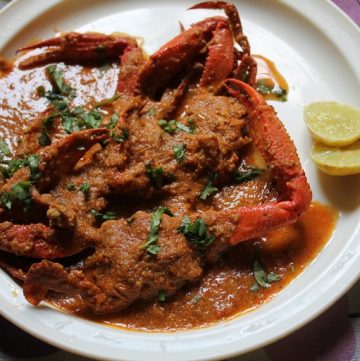
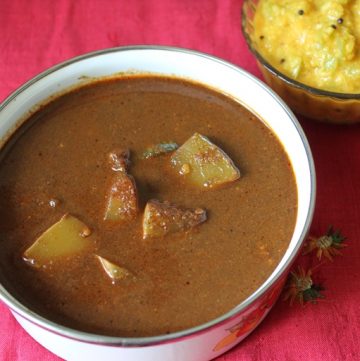
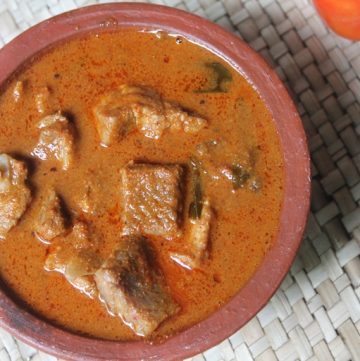
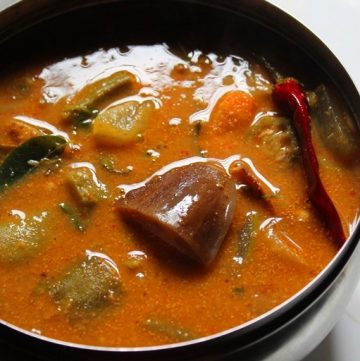

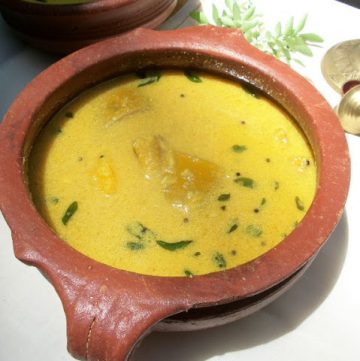
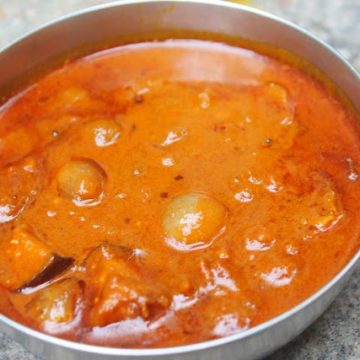
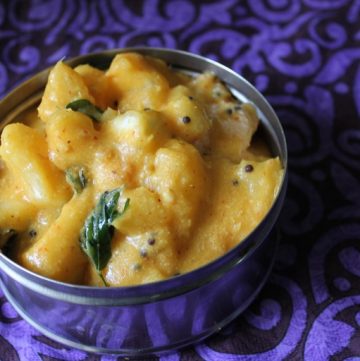
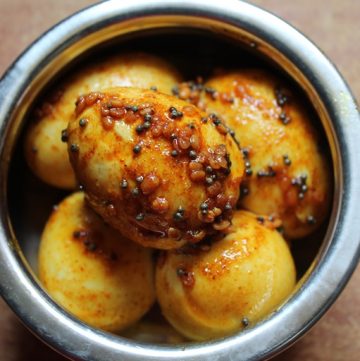
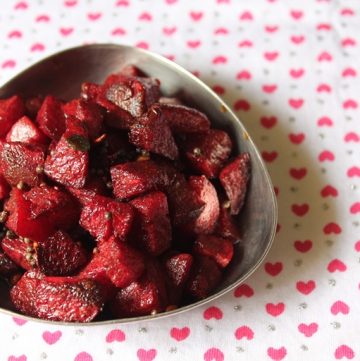
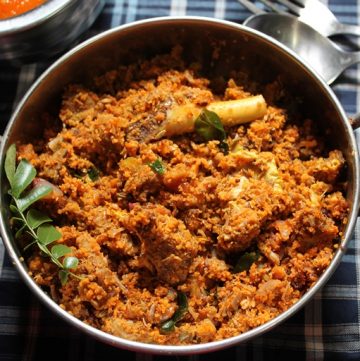
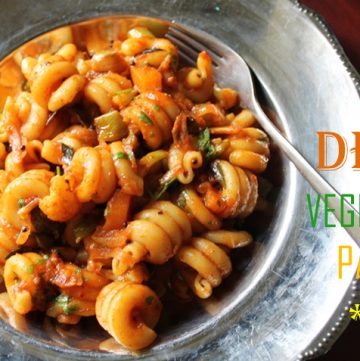
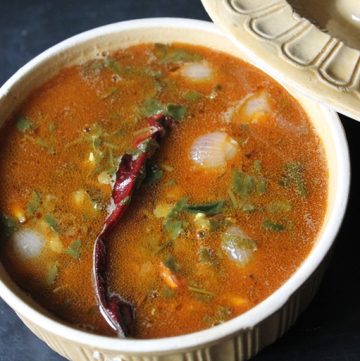
Rumana Ambrin
Looks very delicious...
Hamaree Rasoi
Delicious and healthy veg curry.
Deepa
Food, Fun and Life in the Charente
I bet this tastes fantastic with all those flavours. Have a good day Diane
Priya Suresh
Fingerlicking kuzhambu..makes me drool.
Veena Theagarajan
Amma's recipe always tastes good.. So yummy looking pulikulambu
Wer SAHM
spicy tangy kolambu looks so tasty....it must be tongue tickling...
Anonymous
If you use fenugreek seeds, when do you add them?
Aarthi
@AnonymousAdd it after mustard seeds, sorry i forgot to mention that in method instructions.
Preetha
nice one...:)
Preetha
Nice one 🙂
Anonymous
We don't get drumsticks at our place,what should we use instead?
Aarthi
@Anonymousu can use small onion, brinjal in this